jrwillden
TPF Noob!
- Joined
- May 21, 2008
- Messages
- 28
- Reaction score
- 0
- Location
- North Texas
- Can others edit my Photos
- Photos OK to edit
I was reading a site that talked about covering your external flash with a bag (like one from the grocery store) to create a softer light. Is this always necessary when shooting indoors? I imagine this was for those on a budget. Does this method work?
Also, when using an external flash what conditions warrant using direct flash rather than bouncing it. I am taking some indoor portraits this weekend...just for fun and experience...
Also, when using an external flash what conditions warrant using direct flash rather than bouncing it. I am taking some indoor portraits this weekend...just for fun and experience...


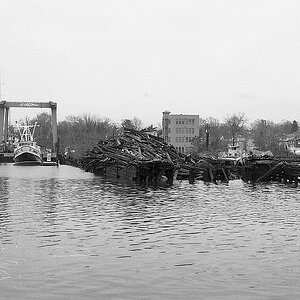
![[No title]](/data/xfmg/thumbnail/41/41765-153b10bab62ae8adbcc4d984fd08ed74.jpg?1619739885)
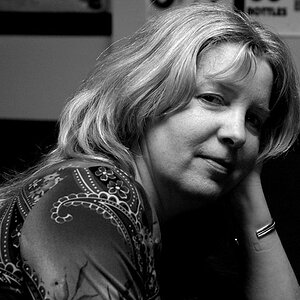


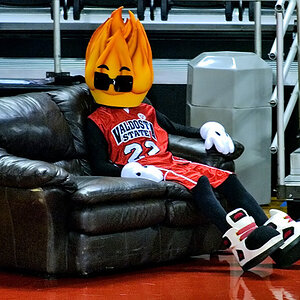
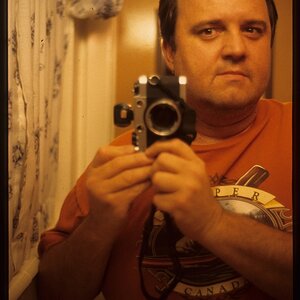

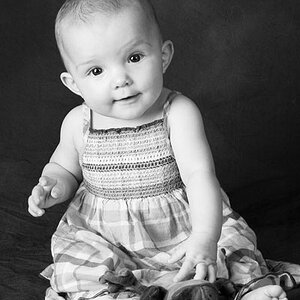

![[No title]](/data/xfmg/thumbnail/37/37606-3c9ffb5906173fa2aa489341967e1468.jpg?1619738148)
